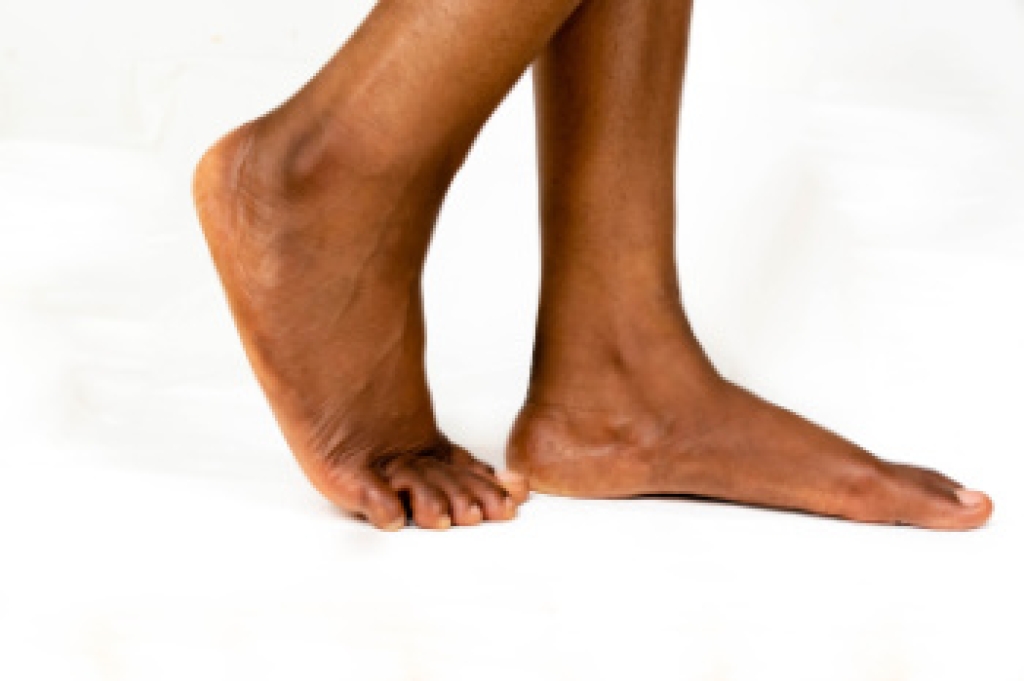
Bony projections that form beneath the heel can sometimes be an incidental finding, but in other cases they contribute to ongoing discomfort. When symptoms arise, the focus is often on calming the irritation in nearby tissues rather than the growth itself. Soft, shock-absorbing shoes or inserts may reduce impact, while gentle stretching routines help ease tension in the arch and calf. More advanced measures, such as specialized therapy or procedures, may be considered if pain continues, despite these adjustments. Surgical removal of a heel spur is generally a final step, reserved for cases that resist other care options. The most effective plan takes into account the cause of pain, activity demands, and overall foot condition. If discomfort near the heel becomes persistent, it is suggested that you see a podiatrist for an assessment and appropriate treatment.
Heel spurs can be incredibly painful and sometimes may make you unable to participate in physical activities. To get medical care for your heel spurs, contact one of our podiatrists from New Jersey. our doctors will do everything possible to treat your condition.
Heels Spurs
Heel spurs are formed by calcium deposits on the back of the foot where the heel is. This can also be caused by small fragments of bone breaking off one section of the foot, attaching onto the back of the foot. Heel spurs can also be bone growth on the back of the foot and may grow in the direction of the arch of the foot.
Older individuals usually suffer from heel spurs and pain sometimes intensifies with age. One of the main condition's spurs are related to is plantar fasciitis.
Pain
The pain associated with spurs is often because of weight placed on the feet. When someone is walking, their entire weight is concentrated on the feet. Bone spurs then have the tendency to affect other bones and tissues around the foot. As the pain continues, the feet will become tender and sensitive over time.
Treatments
There are many ways to treat heel spurs. If one is suffering from heel spurs in conjunction with pain, there are several methods for healing. Medication, surgery, and herbal care are some options.
If you have any questions, please feel free to contact our office located in Neptune City, NJ . We offer the newest diagnostic and treatment technologies for all your foot care needs.




